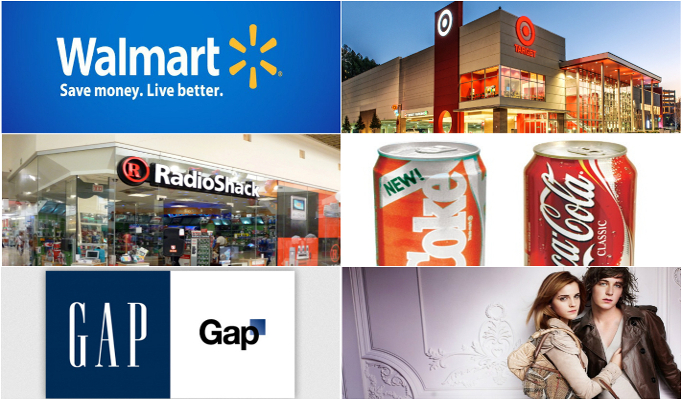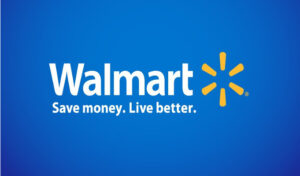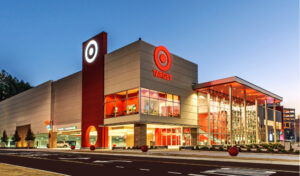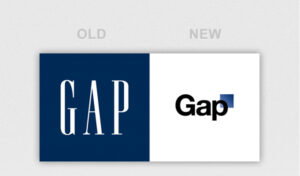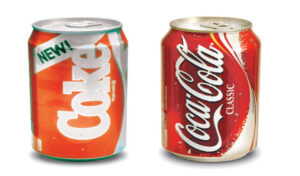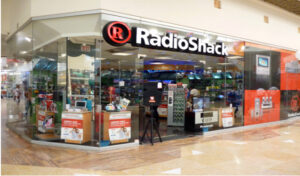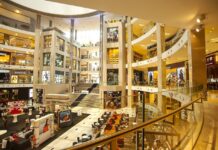Recently online marketplace Snapdeal unveiled its new logo and tagline, Unbox Zindagi (or Unbox Life), with an aim to position itself differently in the hyper-competitive e-commerce business.
The new branding is well-supported by a campaign that will appear in the form of TVCs, print, outdoor and all digital media including YouTube, Facebook, Twitter and Instagram.
Read: Snapdeal undergoes brand makeover; unveils new logo, tagline
Rebranding or a brand overhaul, the world over, is not only seen as a tactic for struggling companies as a last-ditch effort to stay afloat, but is also common among some of the world’s strongest and most popular brands. It is more than just slapping up a new logo and calling it a day. It often requires a complete overhaul of the company’s goals, message and culture, as well as their product offerings.
While time will tell how rebranding will reflect on Snapdeal’s success, here’s a look at some of the great and worst rebranding stories and redesign exercises of iconic global retailers:
1THE HITS
Walmart
Walmart had one of the most successful rebranding campaigns ever. It is the world’s largest retailer and one of the most distinguishable brands in history. Since its first store opening in 1962, it has evolved from a rural American company to a globally recognized corporation.
In an effort to retool its image, the company threw out its “Always Low Prices,” tagline in 2008 and replaced it with “Save Money. Live Better.” to highlight the emotional benefits of shopping at Walmart. They hoped to get the message across to consumers that spending less allows people to live better lives, not only save money.
Read: Massive fire breaks out at Walmart’s Best Price store in Vijaywada
This was followed by a new logo and innovative store design. The rebranding campaign proved to be a tremendous success for Walart. The company emerged as the world’s largest public corporation by revenue, in 2010, according to the Forbes Global 2000 for that year. REBRAND, an organization that judges companies on their rebranding efforts, even awarded Walmart a REBRAND 100 Global Award of distinction for its marketing campaign.
2Burberry
Burberry may be an iconic UK brand today, but it hasn’t always been that way over the past 150 years. In the early 2000s Burberry products were seen as frumpy, unstylish, and ‘gang wear’. Things got worst, when a couple of bars and restaurants in England banned patrons wearing Burberry trench coats because they were associated with criminal activity in the country.
Recognising the need to distance itself from such a crowd, Burberry’s management decided to went through a market overhaul. The company set on a mission to improve its image with a series of new products, using iconic celebrities like Kate Moss and Emma Watson to promote them.
Christopher Bailey, then the company’s creative director (and CEO as of May 2014), said in a 2009 interview with The Times that the new image was about updating Burberry’s heritage and making it “relevant for today”. He added, “You have to make sure what you do is right for the moment you live in. What makes things relevant?”
He also launched a digital marketing strategy that focused heavily on social media, and Burberry became the first luxury brand to reach 10 million likes on Facebook. Through these efforts Burberry has made its classic image relevant today, while putting any negative associations in the past.
3Target
In the late 90s, Target was seen as just another low-brow discount retailer, indistinguishable from Walmart or K-Mart. But In 2002 the Minneapolis-based company did something and leapfrogged Kmart to become the United States’s second-biggest discounter just behind Walmart.
In 2011, the company began teaming up with labels like Isaac Mizrahi, Missoni, and Zac Posen to bring designer fashions to the average middle class consumer. As per few reports, when the first Missoni line was introduced, their entire inventory was sold out the morning the styles even became available. They’ve since introduced other brands for men, women, and children, and have seen great success with all of their lines.
This was an effort to attract both price-conscious and luxury brand shoppers to its stores, whereas walmart generally just attracts those shopping for the best price. By opening themselves up to a wider target market, they aren’t in 100 per cent direct competition with walmart. While they may never become the number one retailer, Target has effectively positioned itself in the market to appeal to almost everyone. And this is a differentiator they will be able to take advantage of for years to come.
4THE MISSES
GAP
Clothing retailer Gap is one of the classic examples of a rebrand gone wrong. When Gap tried to refresh its logo in October of 2010, it was met with a backlash so extreme that the retailer promptly reverted to its previous design in one of the quickest branding turnarounds ever – just six days.
Read:Gap sales slide in April, retailer gives grim outlook
GAP decided that their market presence needed to be upgraded. After consulting long and hard with their advertising and marketing firm, the cherished logo that they had been sporting for over twenty years disappeared from the front page of their website. However, the company was quick enough to respond positively and returned to the original ‘blue box’ logo, on October 12, 2010.
5Coca Cola
Perhaps one of the most famous examples of a rebranding exercise gone spectacularly wrong is Coca-Cola’s 1985 relaunch. In April of 1985, the company tried to replace Coca-Cola Classic with a New Coke to abstain from the Pepsi Challenge and thought it would be smart to reformulate for better taste. They thought wrong and consumers went crazy.
Phil Mooney, archivist for the Coca Cola Company, told Business Insider that there were protests led by the Society for the Preservation of the Real Thing and Old Cola Drinkers of America. One man in San Antonio even drove to a local bottler and bought $1,000 worth of Coca-Cola Classic to stockpile.
Realising the colossal mistake it had made, the company decided to launch the old product as Coca-Cola Classic just 77 days later(July 1985). Trumpeting the return of the original Coca-Cola, the firm released a statement declaring that, “April 23, 1985, was a day that will live in marketing infamy…spawning consumer angst the likes of which no business has ever seen.”
Then company President and Chief Operating Officer Donald Keough announced the return of the original drink, while claiming that customers’ loyalty to old Coke was not something any marketing expert could have predicted.
6Radio Shack
Called as “totally ridiculous’ by branding experts at Business Insider, US retail store Radio Shack’s decision to rename itself ‘The Shack’ was a sad attempt to be cool.
The company attempted a redesign in 2009 to capture a more youthful clientele, and jettisoning its 90-year history and strong brand image for a simplified name. The attempt at appearing cool was widely lampooned by observers, with branding expert Rob Frankel telling Business Insider in a 2011 article, “Why would anyone throw away decades of brand value, which actually shows up on the balance sheet as an intangible asset, just to try to be cool for a few minutes?”
It was especially criticized once it came out that except the logo nothing else – not even the company’s actual offerings or internal brand identity – would be changing.



